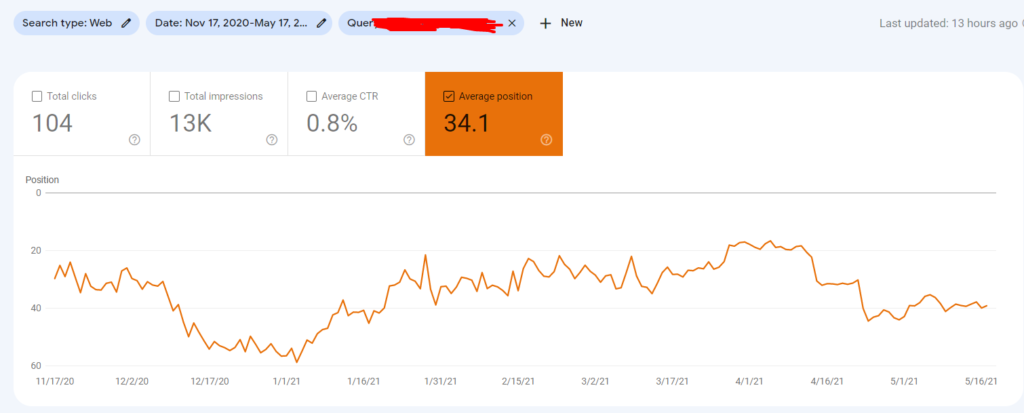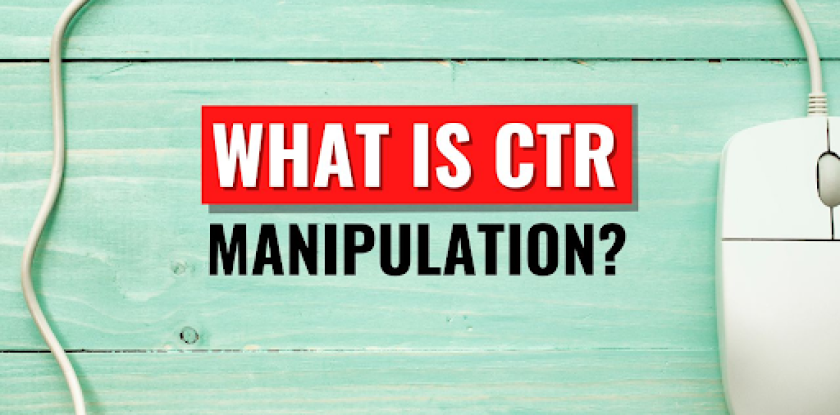Accomplishing Online Success Through Strategic CTR Adjustment
In the electronic landscape, attaining on-line success progressively hinges on the nuanced art of calculated click-through rate (CTR) adjustment. Checking out the fragile interaction of psychology, analytics, and creative execution reveals a path to not just boost CTR but additionally cultivate lasting connections with audiences.

Recognizing Click-Through Fees
Comprehending the ins and outs of click-through rates (CTR) is necessary for marketing professionals aiming to optimize their digital projects. CTR, defined as the proportion of customers that click a details link to the variety of overall individuals who watch a web page, ad, or e-mail, serves as an essential metric in examining the effectiveness of internet marketing approaches. A higher CTR shows that the material reverberates well with the target audience, prompting engagement and interaction.
To compute CTR, the formula is straightforward: divide the number of clicks by the number of impressions and increase by 100 to reveal it as a percent. This measurement not just supplies insight right into the performance of advertisements however also discloses chances for improvement. By examining CTR, online marketers can recognize which aspects of their campaigns-- such as headings, pictures, or call-to-action switches-- are most efficient in driving clicks.
Additionally, recognizing industry standards for CTR is important, as they can differ significantly across different markets. By constantly checking and changing methods based on CTR data, online marketers can refine their projects, enhance individual interaction, and inevitably drive conversions, thus adding to the overall success of their digital advertising and marketing initiatives.
The Psychology of Online Behavior
The effectiveness of electronic advertising techniques mostly depends upon the mental triggers that affect on-line habits. Understanding these triggers is vital for crafting compelling web content that resonates with users and drives interaction. Trick psychological principles, such as social evidence, shortage, and urgency, play a substantial function fit users' choices.
Social evidence, for instance, leverages the tendency of individuals to seek to others for advice, making testimonies and customer testimonials powerful devices in convincing prospective customers. Deficiency strategies, which produce an assumption of minimal accessibility, can compel customers to act rapidly, fearing they may miss out on an opportunity. Likewise, seriousness instills a feeling of immediacy, prompting individuals to make quicker decisions and lowering the chance of laziness.
Additionally, the cognitive predispositions that affect on-line actions, such as anchoring and loss hostility, can be taken advantage of to enhance advertising efforts. By tactically placing details and emphasizing potential losses over gains, marketing professionals can considerably affect consumer options. In an increasingly affordable electronic landscape, understanding the intricacies of on the internet actions psychology is vital for accomplishing continual success and maximizing click-through prices.
Methods for Improving CTR
Improving click-through rates (CTR) is important for taking full advantage of the performance of electronic advertising campaigns. Among one of the most impactful techniques is optimizing headings and subject lines. Crafting compelling, action-oriented headlines can record target market interest and lure them to click. Including numbers, concerns, or emotional triggers can considerably boost engagement.
One more effective method is leveraging top notch visuals. Engaging images or video clips can draw individuals in, making them most likely to click the web link. In addition, utilizing A/B screening enables online marketers to trying out different content layouts, determining which versions yield the highest possible CTR.
Purposefully putting calls-to-action (CTAs) within your content is also critical. CTAs should be clear, influential, and positioned prominently look here to lead customers towards the preferred action. Additionally, individualizing content based on individual behavior and choices can produce a more pertinent experience, raising the possibility of clicks.
Last but not least, making sure that landing pages are optimized for mobile devices is important, as a significant portion of website traffic currently comes from smartphones. A smooth user experience across all devices can significantly improve CTR and drive much better outcomes for electronic advertising initiatives. By carrying out these strategies, marketing professionals can successfully boost their click-through rates.
Measuring and Assessing Your CTR
Gauging and evaluating click-through rates (CTR) is an important part of assessing the success of electronic advertising and marketing campaigns. CTR, defined as the ratio of individuals who click a details link to the overall variety of users that watch the web page, acts as a crucial performance sign. A thorough analysis begins with the gathering of CTR information across numerous channels, consisting of e-mail, social media sites, and paid advertisements.

In addition, tracking patterns over time is important. A regular rise in CTR might suggest reliable techniques, while a decrease can signify the requirement for prompt modifications. Comparative analysis with industry benchmarks further contextualizes efficiency, offering insights into necessary enhancements.
Eventually, determining and analyzing CTR not just educates tactical decision-making however also fosters a culture of continuous enhancement in advertising and marketing initiatives, ensuring that projects effectively reach and reverberate with target audiences. CTR Manipulation.
Moral Factors To Consider in CTR Adjustment
As electronic advertising and marketing significantly relies on click-through prices (CTR) to assess efficiency, ethical considerations bordering CTR adjustment have actually pertained to the center. While optimizing CTR with tactical techniques can improve exposure and engagement, it is critical to evaluate the ramifications of such methods.
Adjusting CTR with misleading techniques, such as clickbait headings or misleading ads, can erode consumer trust and damages brand reputation. These practices may produce temporary gains however often cause long-term repercussions, including consumer reaction and governing examination (CTR Manipulation). Ethical advertising and marketing stresses openness, motivating businesses to visit homepage existing precise info that straightens with Web Site individual assumptions
Moreover, the surge of expert system and automated click generation presents extra moral challenges. Utilizing bots or other automated systems to pump up CTR undermines the integrity of efficiency metrics and alters advertising data, making complex decision-making processes.
Eventually, marketers must stabilize the quest of greater CTR with ethical criteria that prioritize honesty and consumer well-being. By fostering real interaction and giving worth to customers, brands can attain sustainable success while supporting moral marketing concepts. In browsing these considerations, businesses will not just protect their track record however also cultivate a dedicated consumer base.
Conclusion
In summary, attaining online success through strategic CTR control requires a diverse approach that balances optimization methods with honest considerations. Enhancing content top quality, making use of persuasive aspects, and continuously assessing customer behavior add to boosted engagement and sustained passion. By prioritizing openness and staying clear of misleading strategies, marketers can promote customer trust fund and loyalty. Ultimately, a dedication to moral standards in CTR methods not only enhances efficiency however also grows long lasting connections with audiences.
Comments on “Why LinkDaddy CTR Manipulation is a Game Changer for Search Engine Optimization”